The three Pruyn sisters (Charlotte, Nell, and Mary) lived in three separate homes all in a row near the Hudson River in Glens Falls, N.Y.
The comfortable yet stylish houses were built by their father Samuel Pruyn with the fortune he made in lumber and paper in the late 1800s.
Charlotte began living in her Renaissance Revival home (pictured atop this post) with her husband Louis Hyde when it was completed in 1912.

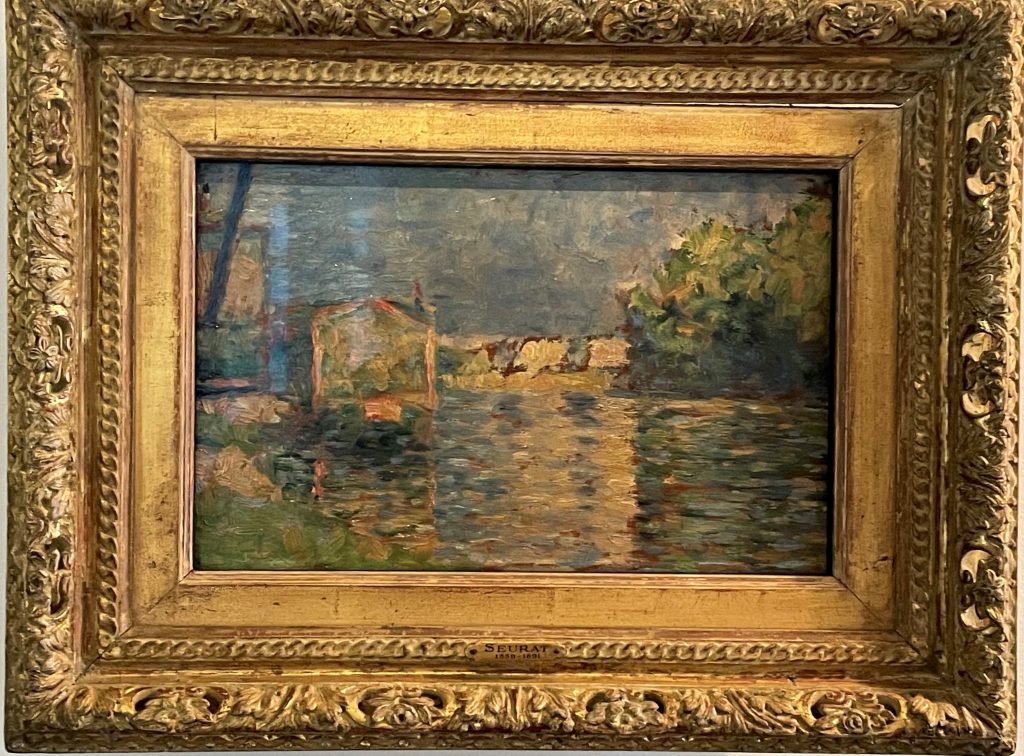
The Hydes were avid art collectors, and their collection includes Old Masters such as Renoir, Picasso, and Rubens, but also now-famous American artists such as Homer and Whistler.
Louis passed away in 1934, but Charlotte continued to acquire artworks, tripling the size of the collection over the next three decades.
In 1952 she established a public trust and bequeathed her home and collection to it for the purpose of opening a museum.
Thus the Hyde Collection opened to the public in 1963 soon after her death.
Today the museum has 3,000 works in its permanent collection (including the beautiful Dale Chihuly glass work at right) and is still expanding. It also hosts special exhibitions and presents classroom programs.
The art work on display is impressive, but the house and furnishings are also works of art themselves, with a sixteenth-century Renaissance tapestry over here and a eighteenth-century Neoclassical French marquetry desk over there.
Below are more of the works in this collection.
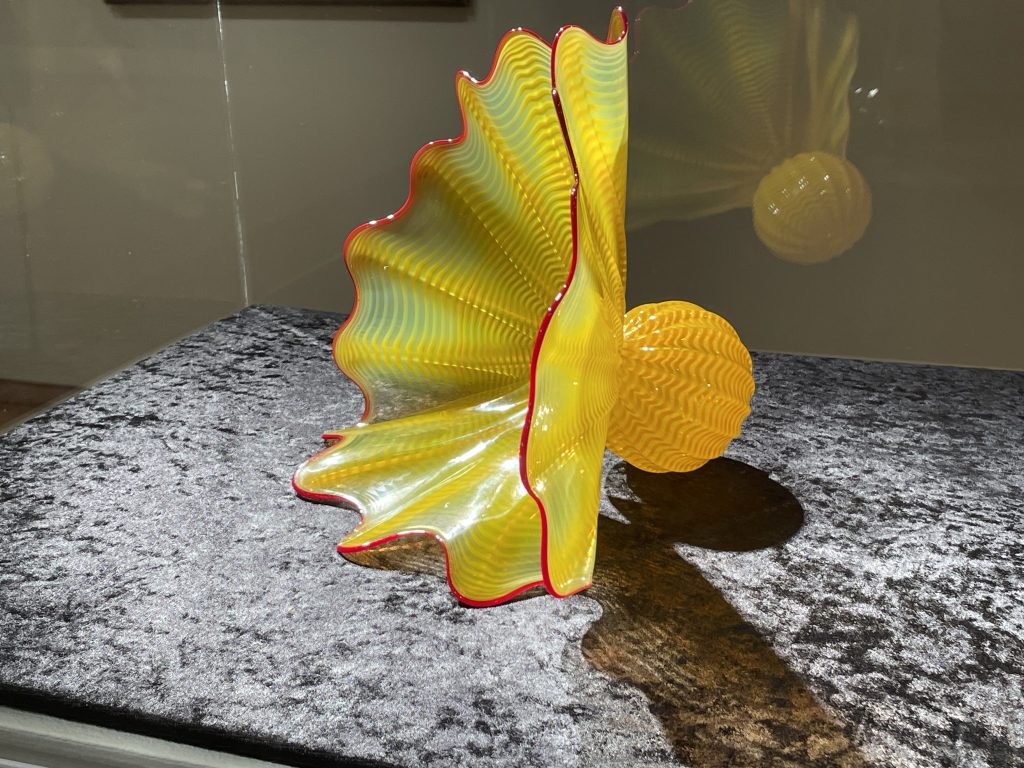
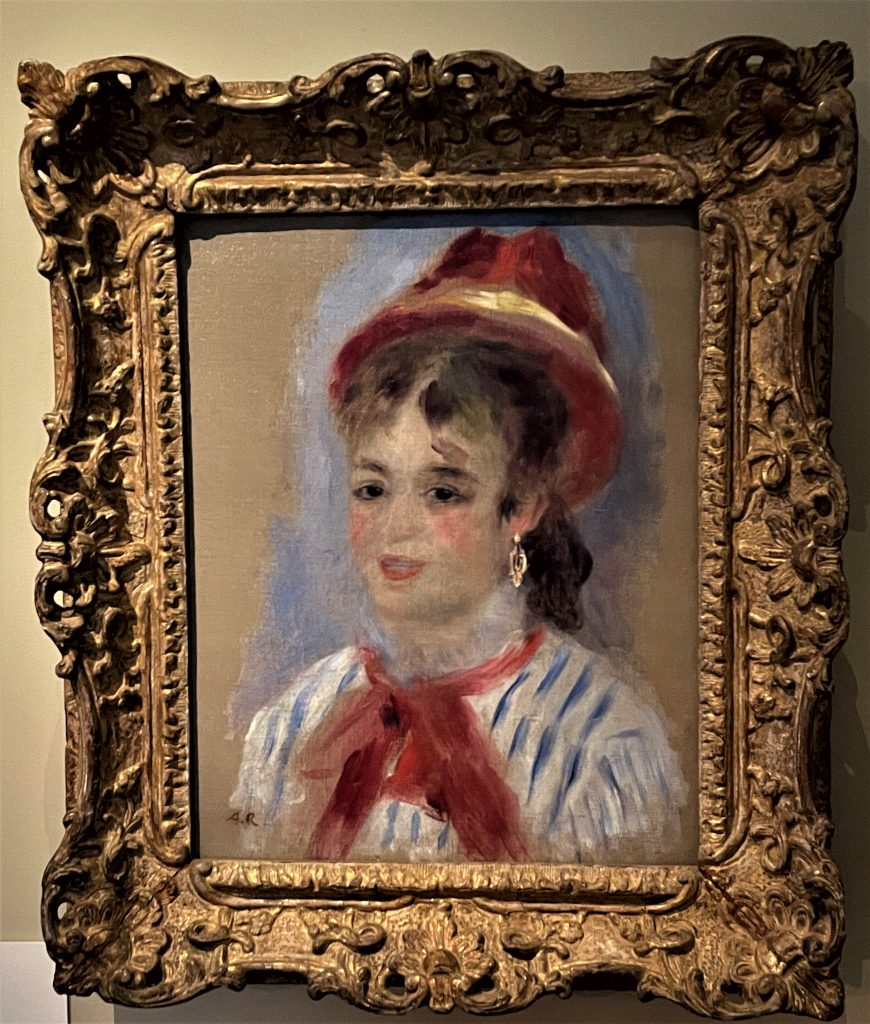
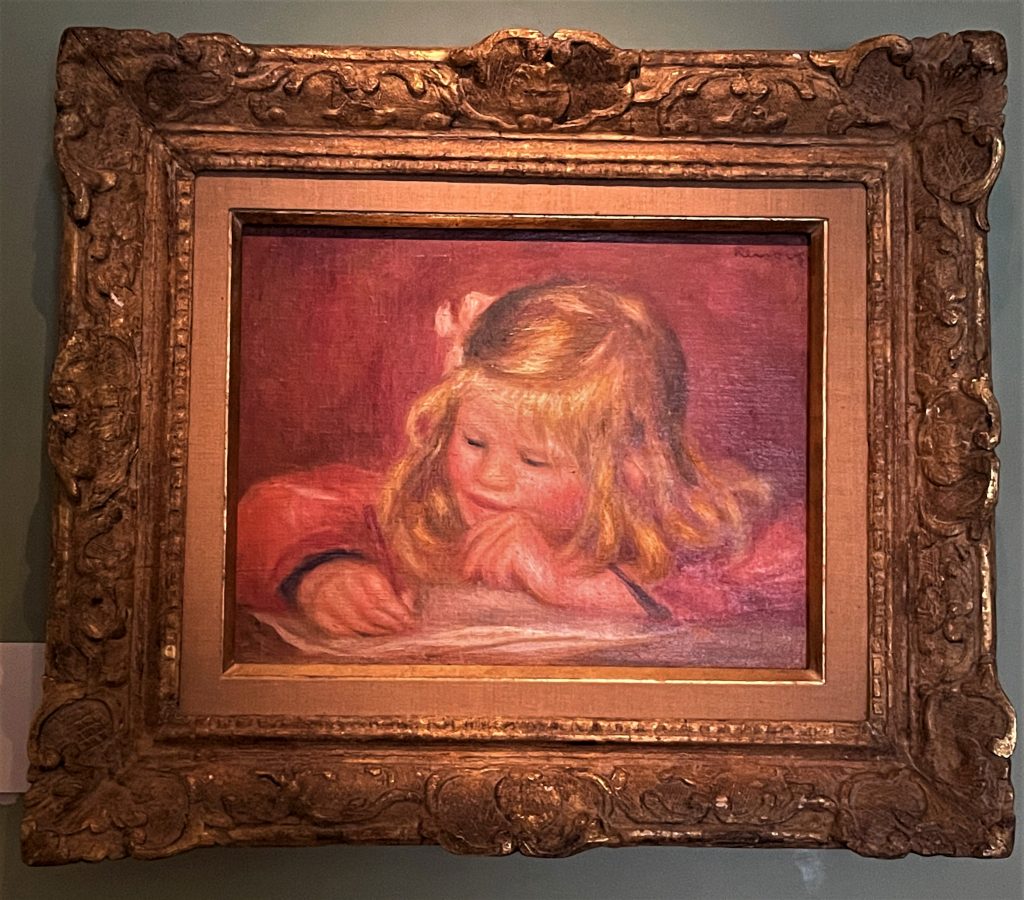
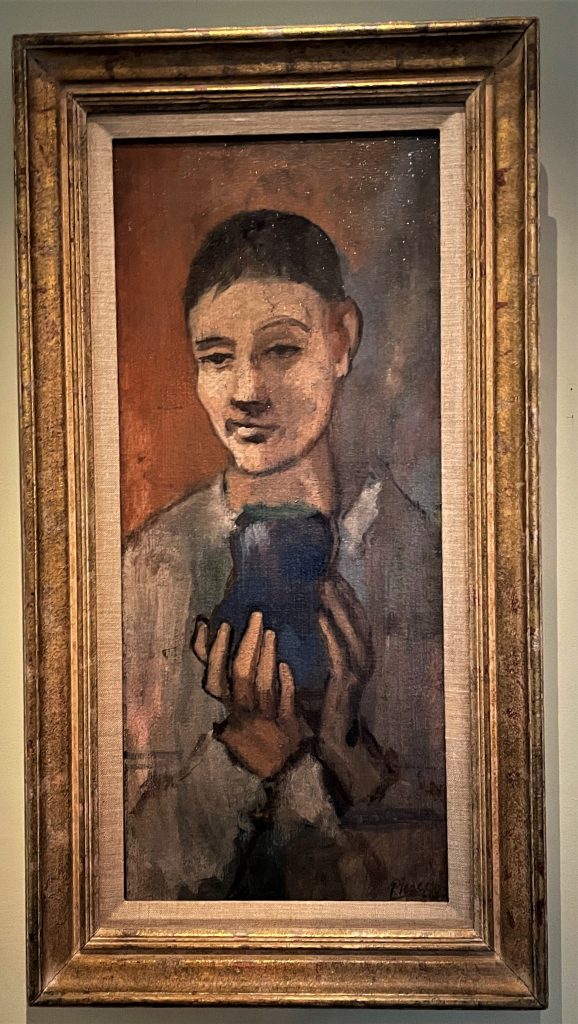
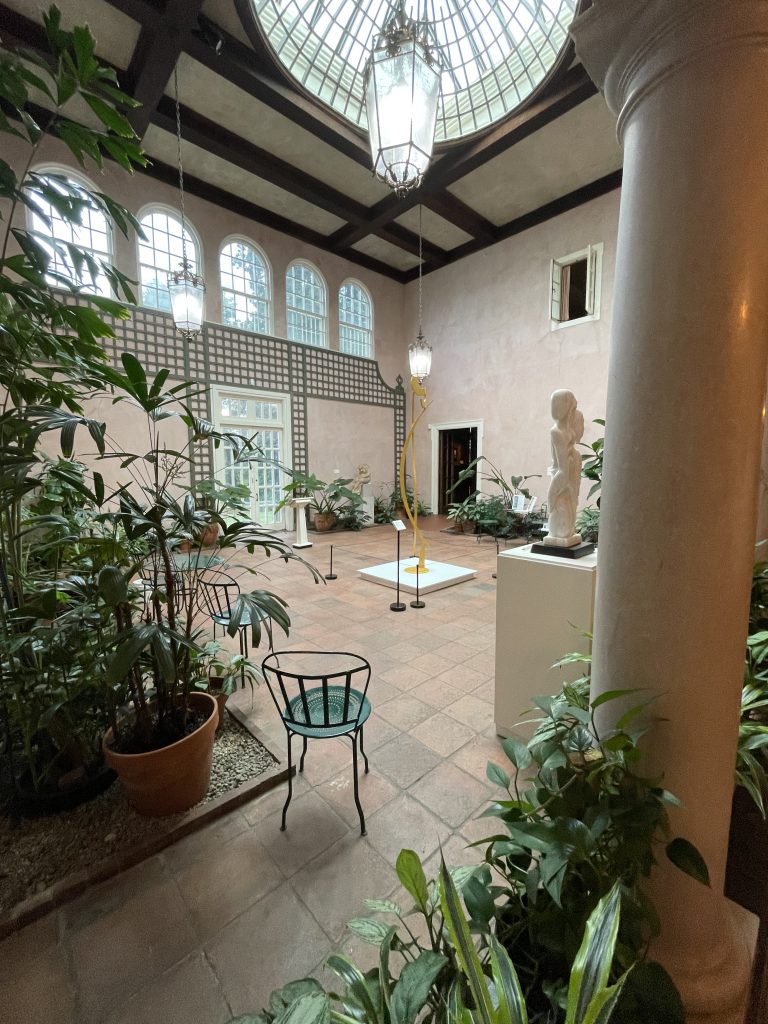
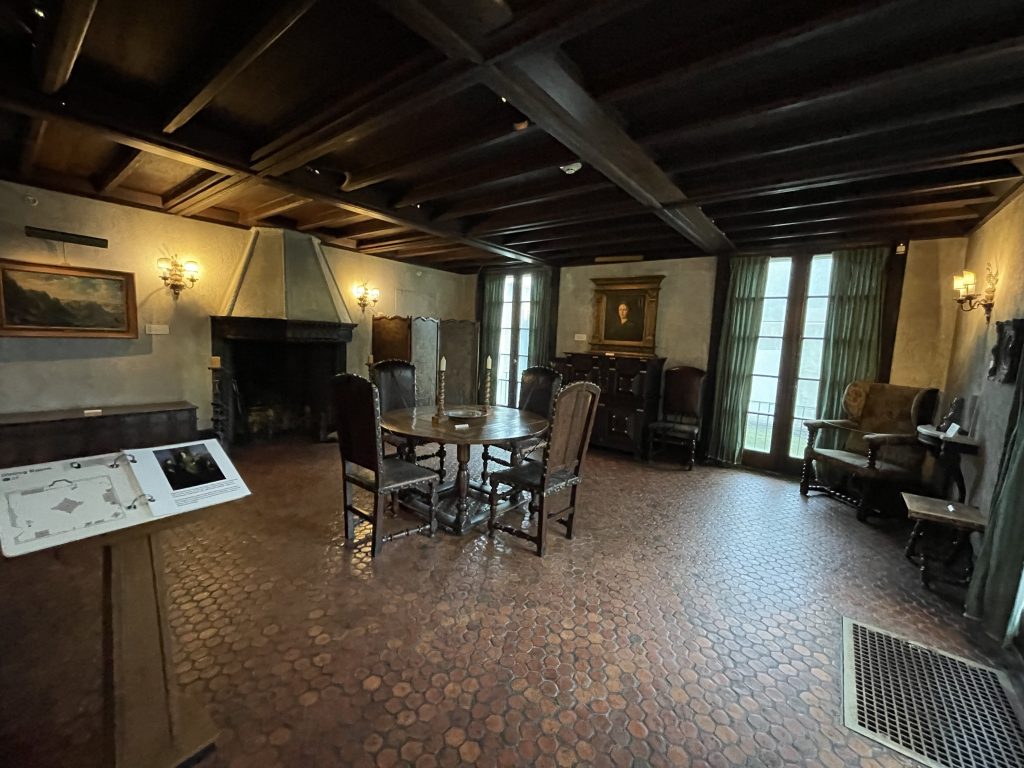
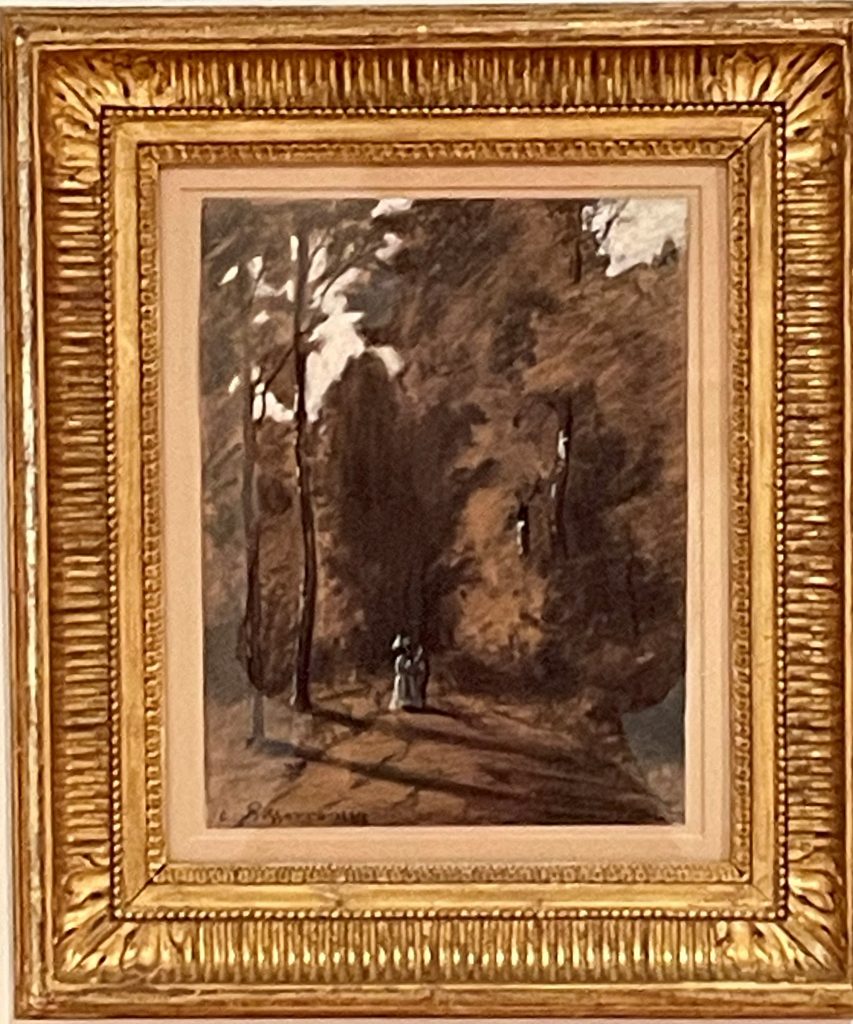
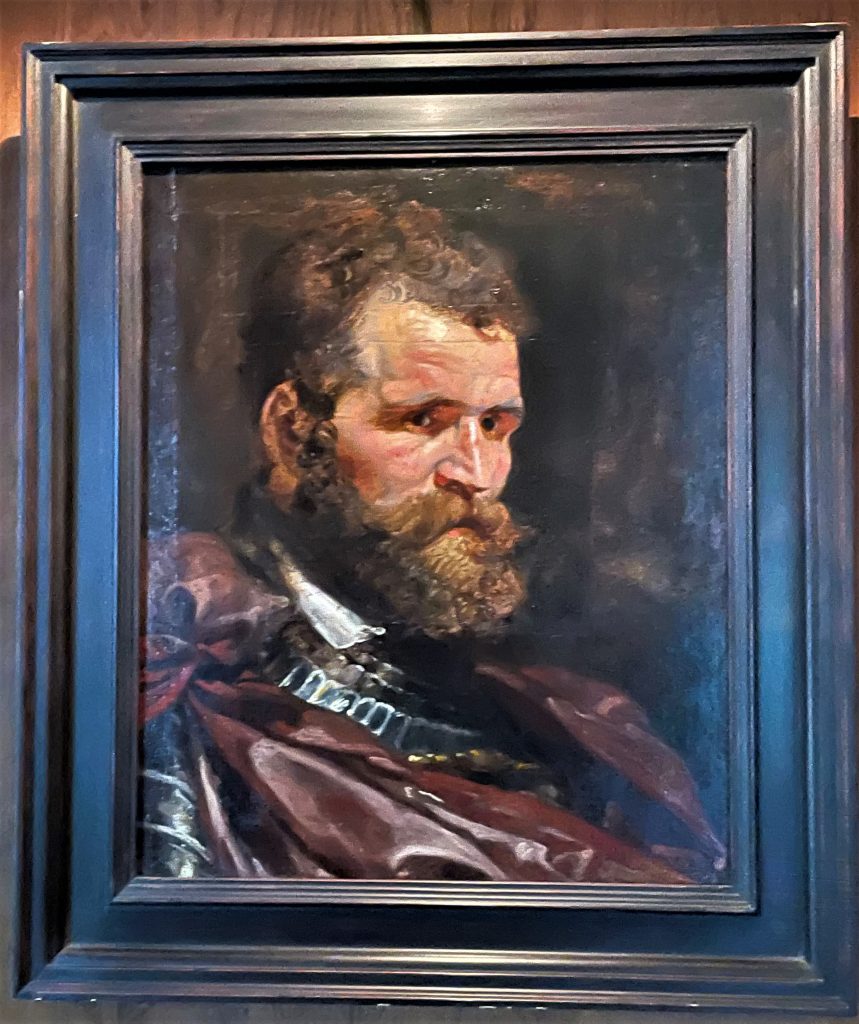
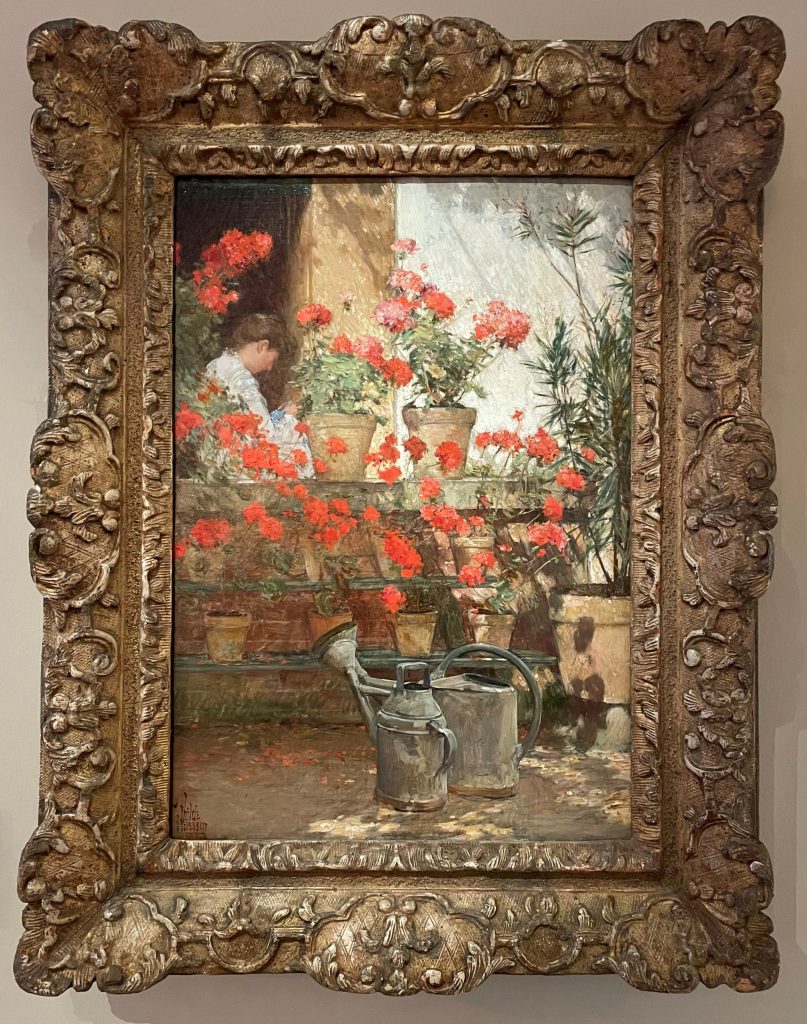
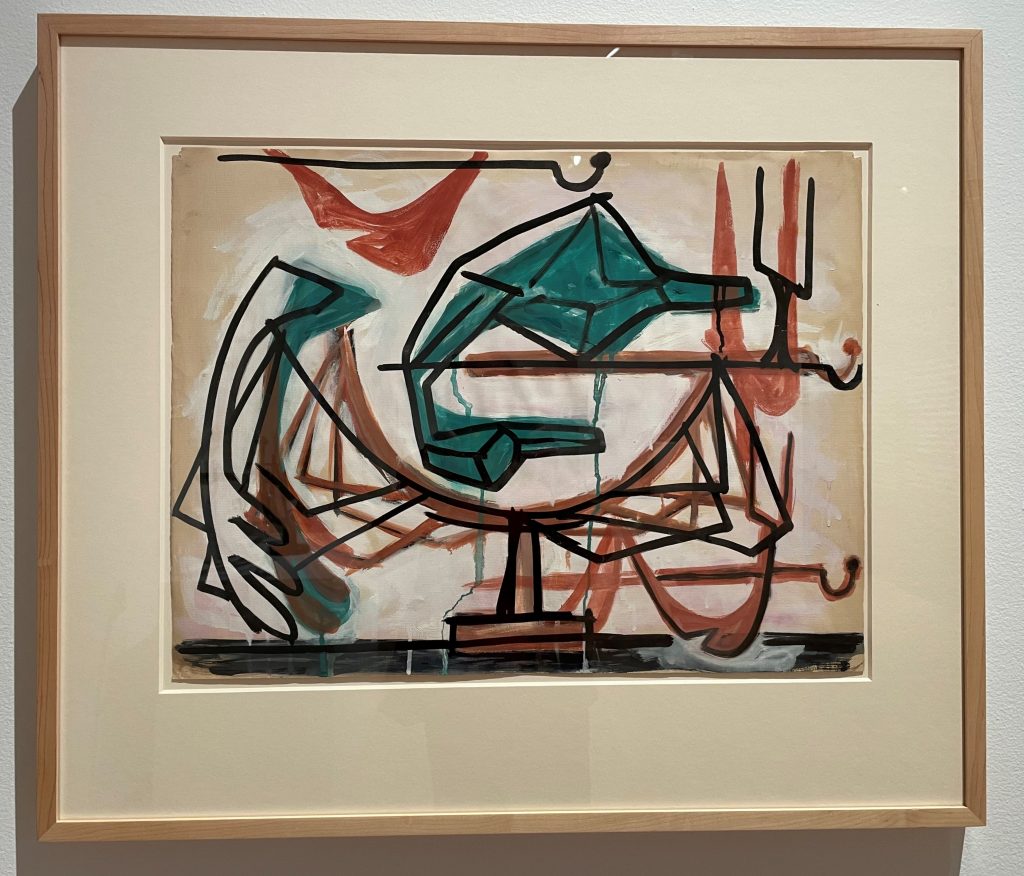







One thought on “The Hyde Collection”